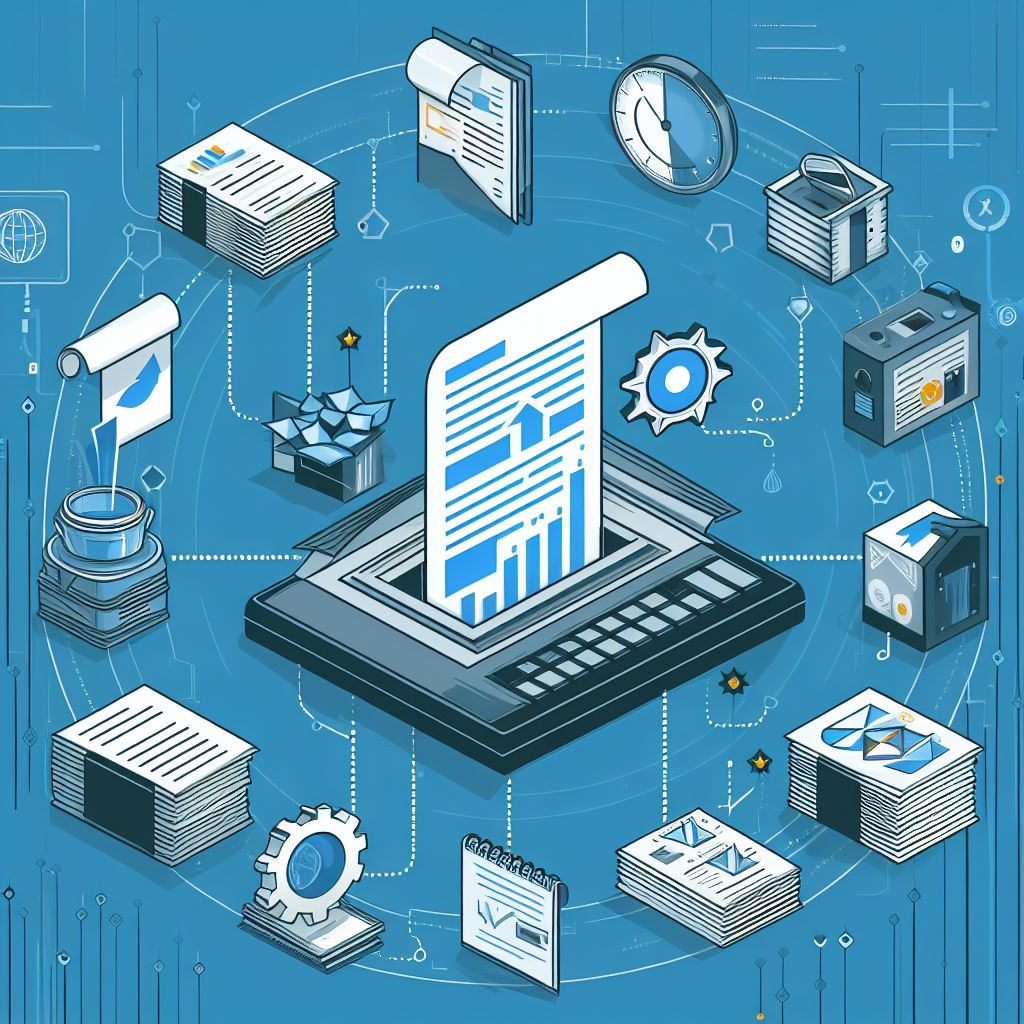In the dynamic landscape of higher education, universities are undergoing a transformative shift from manual to automated processing of student transcripts. This evolution, fueled by Intelligent Document Processing (IDP) and AI, not only enhances efficiency and accuracy but also plays a pivotal role in shaping the overall student experience.
The Manual Era: Challenges and Limitations in Transcript Processing
In the not-so-distant past, the manual processing of student transcripts presented significant challenges for admissions and enrollment teams. Deciphering, entering, and organizing data from transcripts was a labor-intensive process, leading to:
- Time Consumption: Each transcript demanded substantial time and effort, resulting in prolonged admissions timelines.
- Error Prone: Manual data entry introduced the risk of errors, impacting academic evaluations and student progression.
- Resource Drain: Valuable human resources were tied up in repetitive tasks, diverting attention from more strategic initiatives.
- Limited Adaptability: The manual approach struggled to adapt to changes in transcript formats and the increasing volume of student applications.
The Ripple Effect on Student Experience
The consequences of manual transcript processing extended beyond administrative challenges, significantly impacting the student experience. A higher turnaround time for students seeking admission and reduced availability of admissions teams for student engagement were notable effects.
Impact on Early Learning Experience
In the crucial early stages of a student’s higher education journey, engagement and support are paramount. Regrettably, the resource-intensive nature of manual transcript processing hindered this experience. Admissions teams, preoccupied with paperwork, had less time for personalized interactions with students, hampering the overall learning experience.
Strategic Shift: From Administrative Hurdles to Student-Centric Focus
Recognizing the need for a transformative change, universities embraced smart processing solutions with AI and Automation at their core. This strategic shift was not solely about technological advancement; it symbolized a commitment to prioritizing student engagement and experience. By liberating admissions teams from manual tasks, universities could redirect resources towards meaningful interactions with students.
The Solution: Auto Transcript Processing
Enter solutions like Star Software—an Intelligent Document Processing Engine, is an embodiment of innovation in auto transcript processing. Powered by AI and advanced OCR, Star seamlessly captures, extracts & integrates required information into your existing systems with 98% accuracy streamlining the admissions and enrollment process, addressing not only challenges but also redefining the student journey.
Road Ahead: Transforming Admissions with Auto Transcript Processing
In the ever-evolving landscape of higher education, the focus is shifting from administrative hurdles to creating an environment that nurtures student success. Star’s automation solution is not just about efficiency; it’s about enabling universities to play a more active and impactful role in shaping the early learning experiences of their students.
As we look ahead, the future is bright. The transition from manual to smart processing, fueled by AI, signifies more than just a technological upgrade representing a commitment to fostering an educational environment where students thrive from the moment they step onto campus or log into a virtual classroom. The journey continues, with each advancement in technology and admission & enrollment practices contributing to a future where students and institutions alike can fully embrace the possibilities of higher education.






